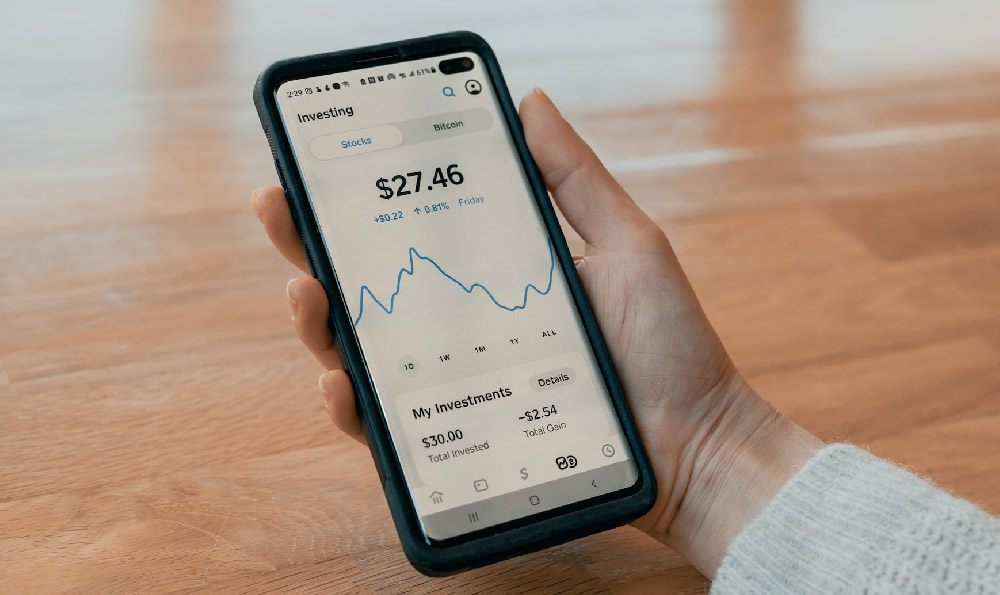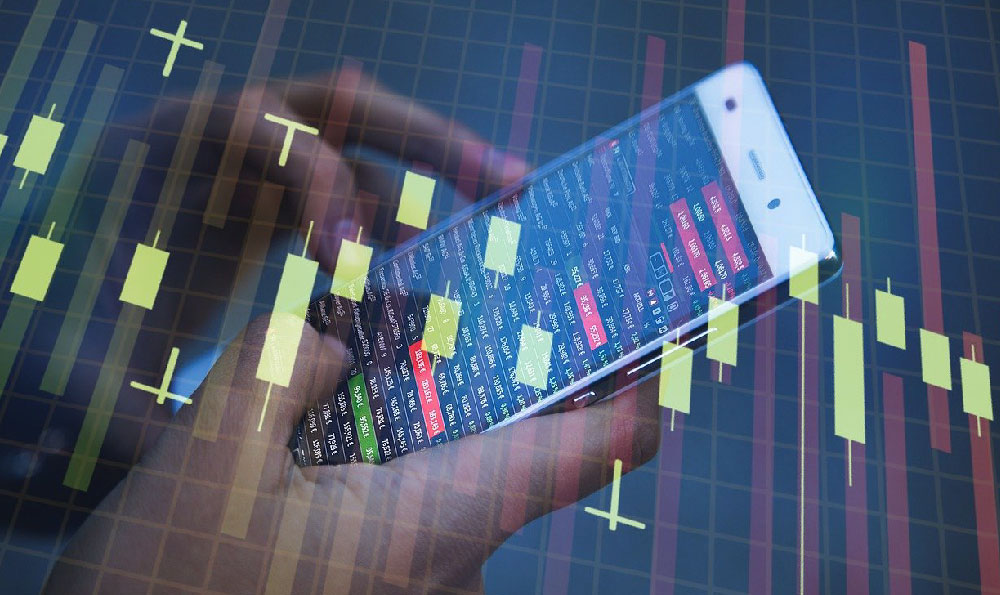Does Bitstamp Offer a Demo Account? How to Try Bitstamp Risk-Free?
Does Bitstamp Offer a Demo Account? How to Try Bitstamp Risk-Free?
Bitstamp, a cryptocurrency exchange established in 2011, has cemented its place as one of the oldest and most reputable platforms in the digital asset space. Known for its robust security measures, regulatory compliance, and a wide array of trading pairs, Bitstamp attracts both seasoned traders and newcomers to the world of crypto. However, one frequently asked question by prospective users is: Does Bitstamp offer a demo account to practice trading without risking real capital? Unfortunately, Bitstamp does not provide a traditional demo account in the same vein as some Forex or stock trading platforms. This absence might seem like a disadvantage, but there are alternative methods to explore Bitstamp's features and trading environment risk-free.
Understanding the Absence of a Traditional Demo Account
The lack of a demo account on Bitstamp could stem from several factors. The fast-paced, highly volatile nature of the cryptocurrency market makes it challenging to accurately simulate real-time trading conditions within a demo environment. Slippage, order book depth fluctuations, and sudden market events can significantly impact trading outcomes, making it difficult to replicate these dynamics in a simulated environment accurately. Moreover, maintaining a robust and realistic demo account requires substantial technical resources and ongoing maintenance, which Bitstamp might prioritize towards enhancing its core trading platform and security infrastructure. Instead of offering a standard demo, Bitstamp directs users to alternative methods to familiarize themselves with the platform.

Risk-Free Alternatives to Explore Bitstamp
Despite not having a demo account, several strategies allow you to explore Bitstamp and practice crypto trading without risking substantial capital.
-
Paper Trading with External Simulators: Several third-party crypto trading simulators mimic real-market conditions and allow you to practice trading with virtual funds. Websites like "TradingView" offer paper trading accounts connected to live crypto data feeds. While not directly integrated with Bitstamp, these simulators provide a realistic trading environment to hone your skills, test strategies, and learn the basics of technical analysis before venturing into live trading. This hands-on experience is invaluable for new traders who need to understand market movements.
-
Start with Small Amounts: One of the most effective ways to learn trading on Bitstamp is to start with very small amounts of capital. Bitstamp allows you to trade with fractions of Bitcoin and other cryptocurrencies, meaning you can test your strategies with minimal financial risk. Experiment with small trades to understand how the platform works, how orders are executed, and how market fluctuations affect your portfolio.
-
Utilize Educational Resources: Bitstamp offers various educational resources, including FAQs, help guides, and blog posts, that explain how the platform works and provide insights into crypto trading. Thoroughly reviewing these materials will equip you with the knowledge necessary to navigate the platform confidently and make informed trading decisions. They also provide tutorials and walkthroughs on specific features and trading strategies.
-
Observe the Market: Before engaging in any trading activity, spend time observing the market and familiarizing yourself with the price charts, order books, and trading volume. This passive observation allows you to understand market trends, identify potential trading opportunities, and develop a sense of market sentiment. Most charting platforms, including TradingView, provide free access to historical crypto data, allowing for in-depth analysis.
-
Explore Bitstamp's Interface: Take time to explore all of Bitstamp's features, including the different order types (market, limit, stop), charting tools, and account management options. Understanding the functionality of each feature will help you navigate the platform effectively and execute trades efficiently. Most crypto exchanges have extensive APIs to access historical data.
Minimizing Risk While Learning
Even without a demo account, you can minimize risk while learning to trade on Bitstamp by following these best practices:
-
Risk Management: Implement a robust risk management strategy by setting stop-loss orders to limit potential losses and taking profit orders to secure gains. Avoid investing more than you can afford to lose, and diversify your portfolio to mitigate the impact of individual asset performance.
-
Start with Low Volatility Assets: Initially, focus on trading cryptocurrencies with lower volatility, such as stablecoins or established coins like Bitcoin and Ethereum. These assets tend to experience less dramatic price swings, making them easier to manage and less likely to trigger significant losses.
-
Gradual Increase in Investment: As you gain experience and confidence, gradually increase your investment amounts. Avoid making large, impulsive trades, and stick to your trading plan. Patience and discipline are crucial for long-term success in crypto trading.
-
Stay Informed: Stay up-to-date on the latest crypto news, market trends, and regulatory developments. This knowledge will help you make informed trading decisions and avoid potential pitfalls. Reputable sources like CoinDesk, CoinTelegraph, and industry newsletters offer valuable insights.
-
Practice Proper Security: Protect your Bitstamp account by enabling two-factor authentication (2FA), using a strong password, and being cautious of phishing attempts. Securely store your API keys if you are using algorithmic trading.
Conclusion: Learning Bitstamp Without a Demo Account
While Bitstamp doesn't offer a traditional demo account, several viable alternatives enable you to explore the platform and practice crypto trading risk-free. By utilizing third-party simulators, starting with small amounts, leveraging educational resources, and implementing robust risk management strategies, you can gain the necessary skills and confidence to trade cryptocurrencies successfully on Bitstamp. Remember that learning to trade takes time and effort, and patience and discipline are key to long-term success. Instead of focusing on the absence of a demo account, embrace these alternative methods to become a proficient crypto trader. Trading cryptocurrencies, even with small amounts, involves risk, and it's essential to understand these risks before investing. The cryptocurrency market is volatile and can change rapidly, so staying informed is important.















